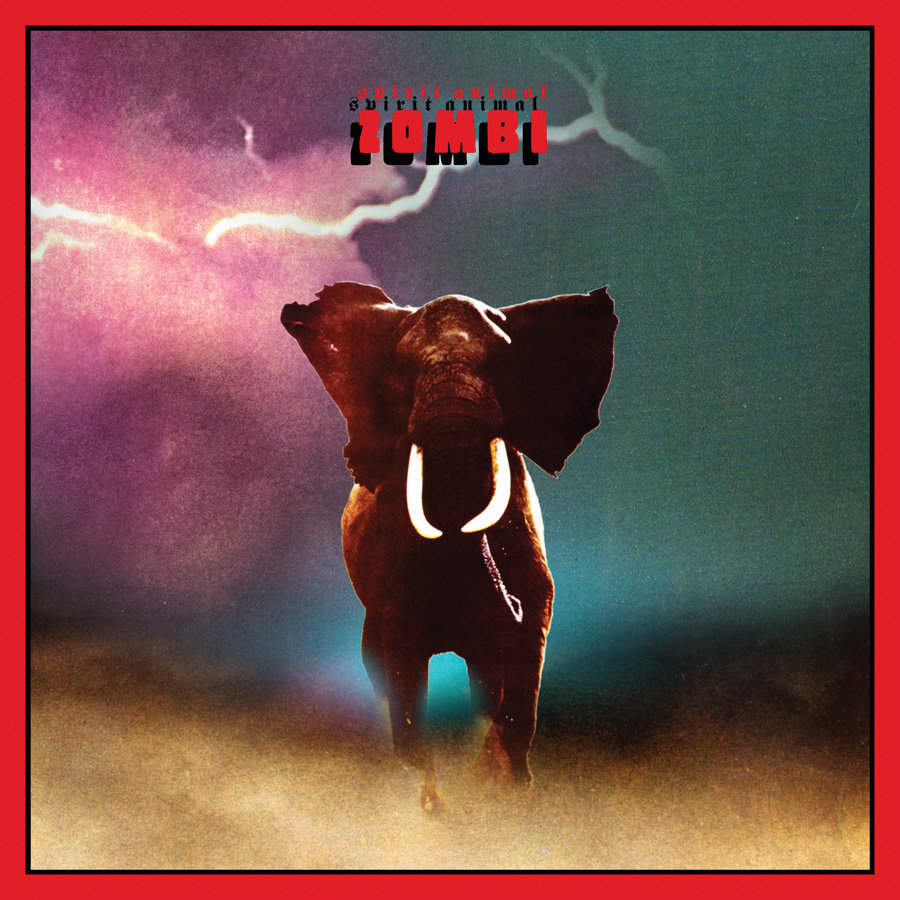
As the third tallest peak in Nevada, they’re known to bask in the sun on Moriah’s table, particularly during the fall months before hunting season opens. You might catch a few hanging in or around Great Basin, but the real-deal place to scope these magnificent creatures is Mount Moriah, which lies directly to the north. Hunters straight-up call them “ivories” and use them as a separate trophy or memento of sorts when they bag one of these creatures. So, even if you’re on the lookout and can’t spot one, keep your eyes on the ground, too, because you may score some seriously cool “sheds.” Another cool thing about Rocky Mountain Elk is that their top two canine-or “eye teeth”-are made of pure ivory. Plus, of all those types of elk out there, Rocky Mountain Elk have the largest antlers. Only the bulls grow antlers, and amazingly enough, they shed them each and every year. Male elk are called bulls, while females are known as cows. Regarded as one of the last bona fide dark-sky regions in the United States-something scientists now consider an endangered resource-lots of animals that depend on a true nocturnal environment post up in this range. Aside from the high elevation, Rocky Mountain Elk, flock to this specific section not only due to its remoteness, but because of the darkness. But one of the best places to check these beauties out is the Snake Range, found on the eastern side of Nevada… the same range Great Basin National Park perches in. Most of Nevada’s big game animals, the Rocky Mountain Elk included, all hang around the northeastern chunk of the state-places like Jarbidge, Elko and Ely. They can live anywhere from higher-latitude temperate rainforests and boreal forests, to alpine meadows and desert valleys, but thrive best in elevations that range from 6,000 to 9,000 feet. Rocky Mountain Elk are found throughout many states in the American West, mainly sticking to high elevation mountain ranges, but of all the animals spelled out below, probably inhabit the most diverse collection of landscapes. And guess what? There are so many sections of northern Nevada-on public land, to boot-where you can score a chance at spotting some. They’re some of the most enchanting, magical creatures in the entire animal kingdom, making any encounter impossible to forget. If you’ve ever had the luxury of crossing paths with a Rocky Mountain Elk, you just get it.

Moriah Wilderness Area Rocky Mountain Elk Get to know this lineup to figure out where you can get deep into some Nevada backcountry to scope some Nevada wildlife of your very own.

This alone makes Nevada the lucky recipient of all kinds of wildlife that isn’t typically found in other states-at least not collectively-including some, which aren’t found anywhere else in the world. This diversity in landscape means copious amounts of wildlife flock to Nevada for the particular biodiversity they need to thrive.

The Basin and Range situation up north brings an entire new meaning to just how mighty Nevada’s Great Basin truly is, while the cholla cactus, joshua trees and yuccas down south fall nothing short of straight-up exotic. Both desertscapes are mesmerizing-that much is a no-brainer-but to come to the realization that Nevada is home to TWO of the four American deserts? Game changer. Keeping tabs on all the cool stuff to see and do in the Silver State is, without a doubt, an impossible mission, but one feature that always seems to be top of the class is the rivaling northern and southern landscapes.


 0 kommentar(er)
0 kommentar(er)
